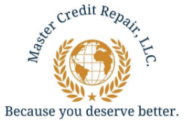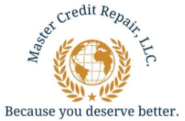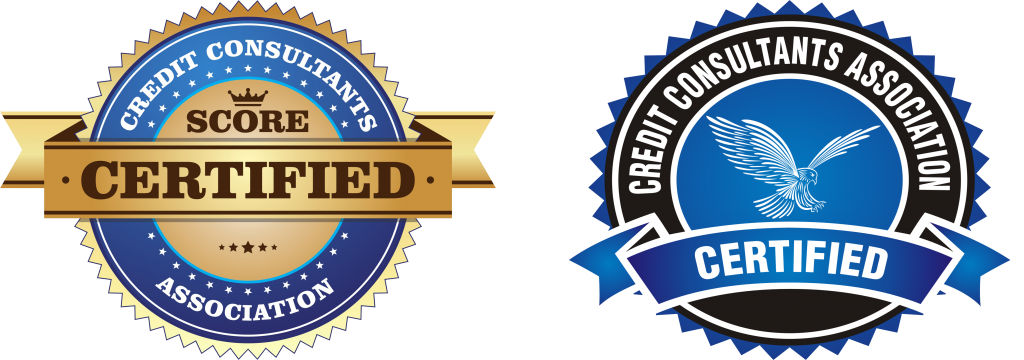Good credit is something that has to be worked at and maintained. While it is difficult to rebuild good credit after financial stumbles, good credit from the start can be maintained much easier. When you turn eighteen you will notice a barrage of credit card and other loan offers coming in the mail, calling you on the phone, and popping up in your email. While some may be tempting with high limits and promises of low-interest rates and payments, these can be the traps that walk you straight into a large amount of suffocating credit card debt in the future.
To navigate through these offers, you should open them all and read ALL the information carefully. It’s important to understand the information included with the offer. While they may be offering you 0% interest or some other enticing bit, the fine print will often reveal that the promotion is only for a short period of time or through certain restrictions. To help you decide which offers to pitch, which to keep and how to protect yourself from overwhelming numbers of offers, here are a few simple steps to follow.
1. Read the fine print
As mentioned above, the fine print will often reveal loopholes in the promotions, time restrictions on your initial agreement, and other nasty little things, like fees for a variety of things and other negative surprises that could jump out later down the line. If there is anything you are uncertain about or you find a company you are not familiar with, take the time to check them out with a site like ZapData or through the Better Business Bureau for complaints and in-depth information.
2. Consider the offers carefully to choose the right one for you
Before you fill out, call or send off the credit card applications, e best fitted to your needs. This doesn’t mean you should automatically pick the highest limit or lowest interest rate. As for interest rates, look for stability. If you are considering two different cards and companies and one offers 0% interest for the first three months, then the rate goes to 28%, is it really better than a card that offers 8% interest and never changes? You want consistency with no surprises. As for the limit, picking the highest limit can be tempting and you may end up maxing the card out and spending, just because it’s there. Instead, choose a card that offers a limit that can help you in an emergency but is not high enough to get you in trouble.
3. Opt-out of future offers
When you selected the card or cards you will apply for and use, it’s important to take the time to opt-out of future offers and future mailings. The more offers you get the more your credit is being checked and this is harmful to your credit score. You want to only allow the companies you ask to check your credit. There should be opt-out information on the application form itself, though it won’t be readily available, you will have to look for it a little. Some organizations and sites can help you opt out of the credit card offers without taking the time to contact each company separately. Check out donotmail.org or optoutprescreen.com for more information and to sign up.
4. Set some rules
When you first get a credit card, it will seemingly burn a hole in your wallet. You will think about it all the time and you will feel as if you have been given free money, especially if you live on a budget or fixed income and don’t often have money for extras. Set some rules for yourself and follow some standard rules to avoid credit card debt. You should pay your balance every month and avoid paying the minimums. If you charge $1000 and only pay the minimums, at an average interest rate it would take you at least eight years to pay off the balance.
Credit cards can offer an emergency support system that you can fall back on in a time of financial hardship, but if not handled correctly can turn bad and land you in credit card debt that can be difficult to get out of.








